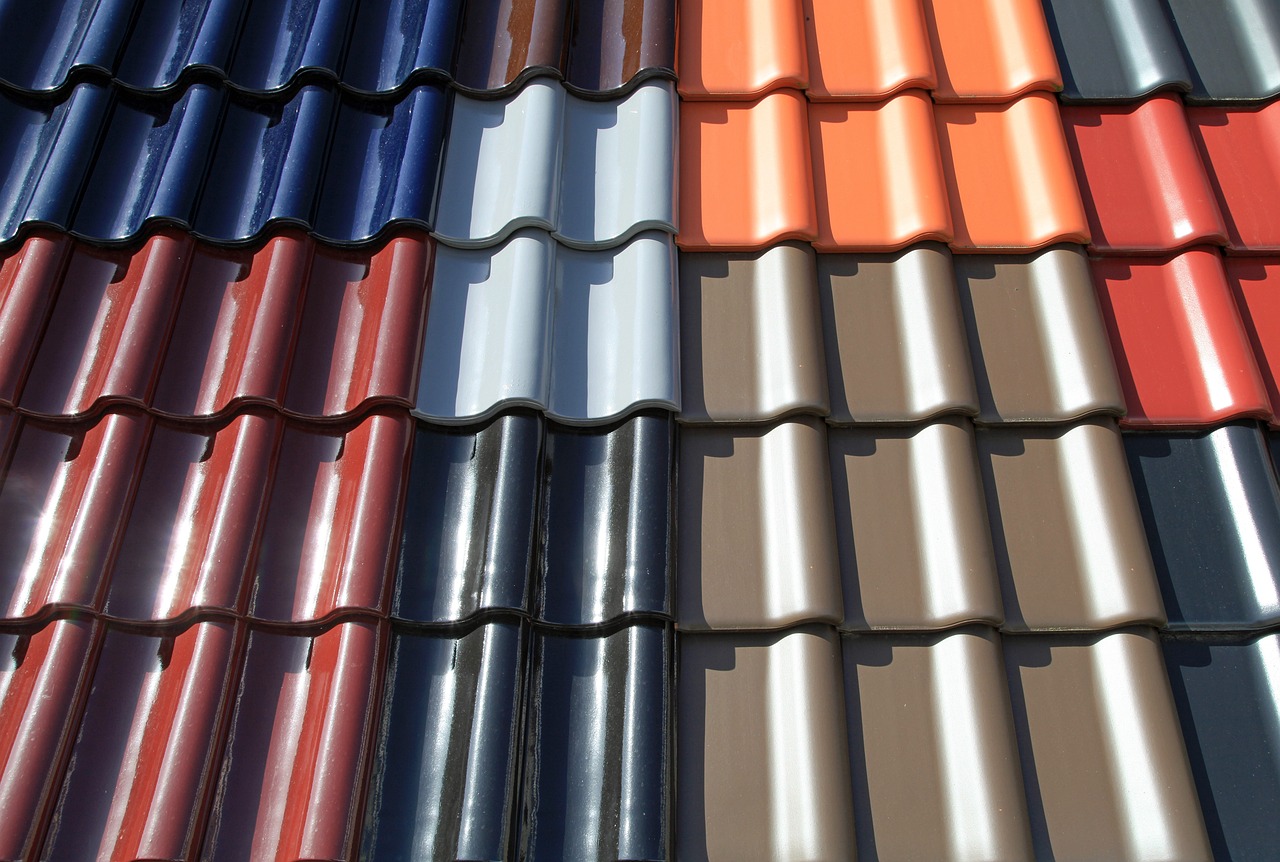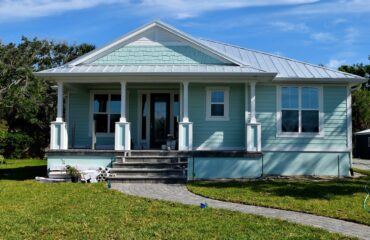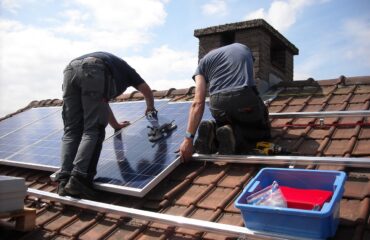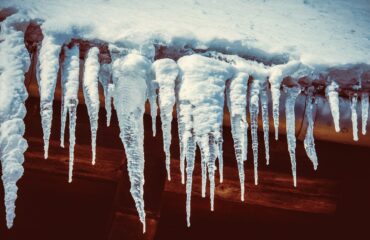In a world where wildfires and house fires are becoming increasingly common, it is essential to prioritize safety when choosing suitable roofing materials. Selecting a fire-resistant roofing material from a professional roofing specialist requires careful consideration and a thorough understanding of various factors. Numerous aspects demand attention, from the fire ratings to the material’s durability, climate suitability, cost, and maintenance requirements. Furthermore, striking a balance between functionality and aesthetics is crucial. So, how do you make the right choice? Let’s embark on a journey that unravels the secrets to selecting the ideal fire-resistant roofing material for your home.
Understanding Fire Ratings
Understanding fire ratings is crucial when selecting fire-resistant roofing materials. Fire-resistant materials are designed to withstand the effects of fire and prevent its spread. To ensure the safety of occupants and comply with building code regulations, it is essential to choose roofing materials with appropriate fire ratings.
Fire ratings are determined through rigorous testing procedures that evaluate the material’s resistance to fire. These ratings are based on flame spread, smoke development, and heat release. The most common fire rating classification system is based on the International Building Code (IBC), which categorizes materials from Class A to Class C.
Class A materials offer the highest level of fire resistance, while Class C materials provide the lowest level of protection. Building code regulations often require specific fire ratings for roofing materials, depending on the type and occupancy of the building.
Evaluating Material Durability
When evaluating the durability of roofing materials, it is essential to consider their ability to withstand various environmental and weather conditions. The exterior appearance of the roofing material plays a significant role in determining its durability. Materials prone to fading, discoloration, or deterioration when exposed to sunlight, rain, or extreme temperatures may not be suitable for long-term use. The installation process can also impact the durability of the roofing material. Improper installation can lead to leaks, water damage, and premature wear and tear. Therefore, it is crucial to choose a roofing material that is not only fire-resistant but also able to withstand the elements and has a robust installation process to ensure its longevity.
Considering Climate and Weather Conditions
To ensure the suitability of a roofing material, it is imperative to carefully consider the climate and weather conditions in the area where it will be installed. The environmental impact and the installation process are significant factors to evaluate when making this decision.
A particular area’s climate and weather conditions play a crucial role in determining the durability and performance of a fire-resistant roofing material. For instance, regions with high temperatures and intense sunlight may require materials with enhanced UV resistance to prevent premature fading or deterioration. Similarly, areas prone to heavy rainfall or snowfall necessitate materials with high water resistance to avoid leaks or structural damage.
Additionally, the installation process of the roofing material should also align with the climate and weather conditions. Certain materials may be more suitable for quick and easy installation in extreme weather conditions, while others may require more specialized installation techniques to ensure longevity and reliability.
Comparing Cost and Maintenance
Cost and maintenance are important factors when comparing different fire-resistant roofing materials. When evaluating the cost-effectiveness of these materials, it is essential to consider not only the initial installation cost but also the long-term maintenance expenses. Some fire-resistant roofing materials may have a higher upfront cost but require minimal maintenance, making them more cost-effective in the long run. On the other hand, cheaper materials may need frequent repairs and replacements, leading to higher overall expenses. Additionally, considering the environmental impact is crucial. Opting for sustainable roofing and recyclable materials can reduce the carbon footprint and promote a greener environment.
– Initial installation cost
– Long-term maintenance expenses
– Durability and lifespan
– Environmental impact
Exploring Aesthetics and Design Options
Considering the impact of aesthetics and design on a fire-resistant roof’s overall appearance and functionality, it is essential to explore the various options. Regarding color options, fire-resistant roofing materials offer a wide range of choices. Homeowners can select from traditional colors like browns and grays to more vibrant hues like reds and blues. Analyzing architectural styles is also crucial in choosing a suitable fire-resistant roofing material. Different architectural styles have their own unique requirements and design elements. For example, a traditional colonial-style home may benefit from a fire-resistant roofing material that mimics the look of slate or wood shakes. On the other hand, a modern-style home may require a fire-resistant roofing material with a sleek and minimalist design. By exploring color options and analyzing architectural styles, homeowners can achieve a fire-resistant roof that enhances their home’s aesthetics and protects against fire hazards.





